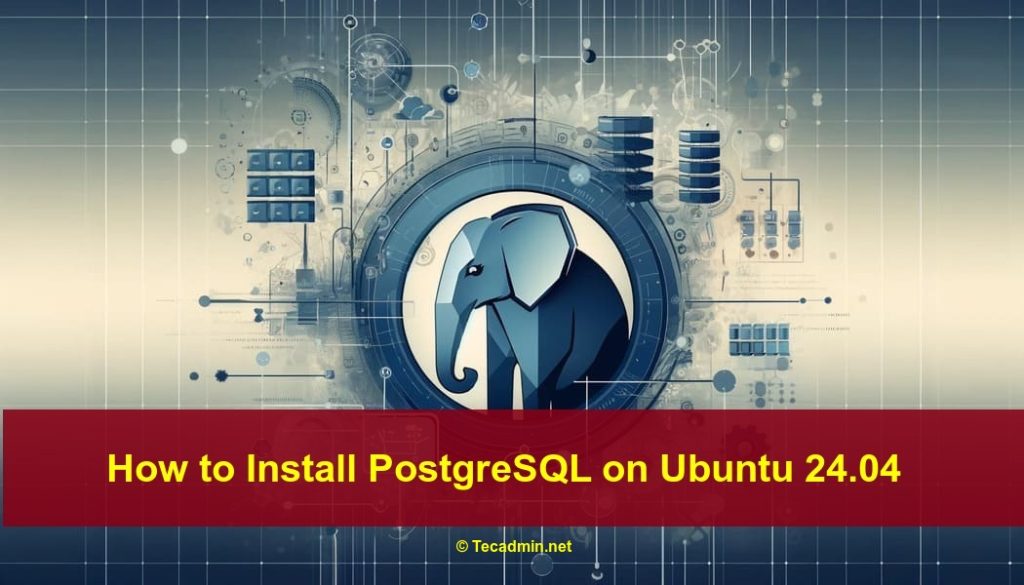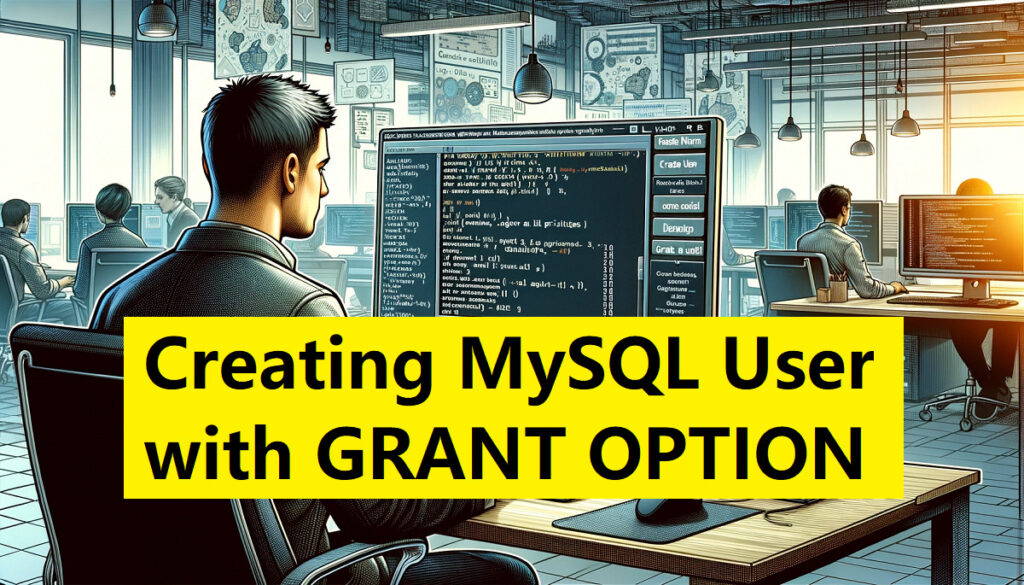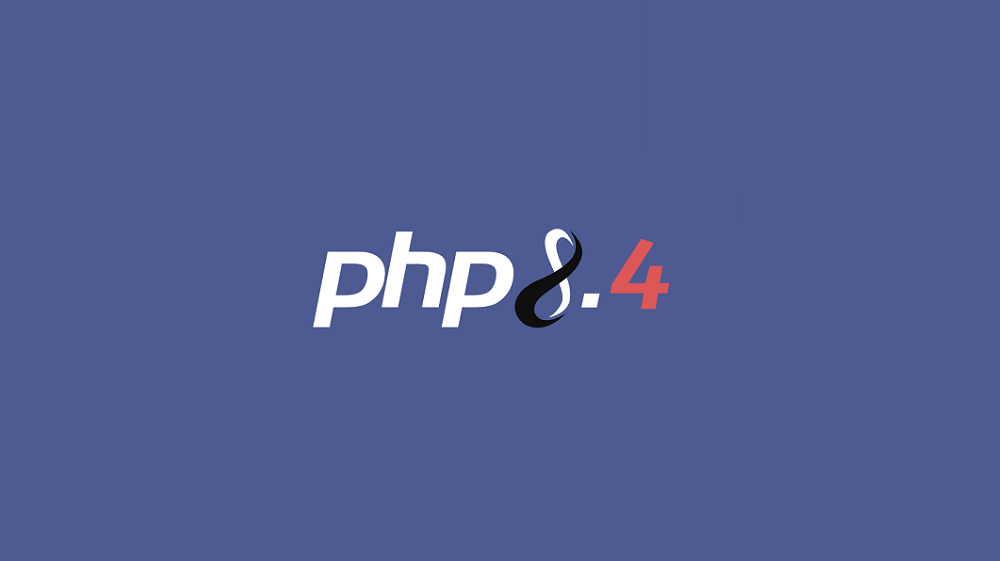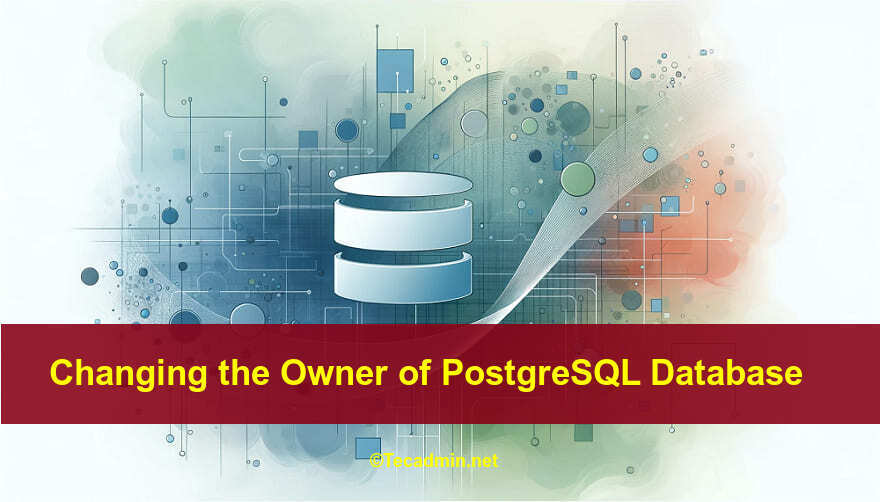In this guide, we’ll learn how to use .env files in Django. .env files help keep our settings secure and organized. They store sensitive information like passwords and API keys. This way, we don’t have to put them directly in our code. What are .env files? .env files are simple text files used to define environment variables. They follow this format: VARIABLE_NAME=value ANOTHER_VARIABLE=another_value With .env files, you can store settings like database credentials, API keys, and any other configurations that might change between environments. Why Use .env Files? Security: Keep sensitive data out of your code. Organization: Store configuration settings…
Author: Rahul
SCP (Secure Copy Protocol) is a command-line tool that allows you to securely copy files between a local host and a remote host or between two remote hosts. This guide will show you how to copy files from a remote server to your local machine using SCP, step-by-step, in very simple language. Why Use SCP? SCP is a simple and secure way to transfer files. It uses SSH (Secure Shell) to ensure the data is encrypted during the transfer, providing both security and simplicity. SCP is especially useful for transferring files between different systems over a network. Steps to Copy…
When working with Docker containers, you might need to know the IP address of a specific container. This can be useful for debugging, networking, or connecting to services running inside the container. This guide will show you how to easily find the IP address of a Docker container using simple commands. Why You Might Need the IP Address There are several reasons you might need to find a Docker container’s IP address: Connecting to Services: Access services running inside the container from your host or other containers. Networking: Set up network configurations or troubleshoot networking issues. Debugging: Investigate connectivity problems…
PostgreSQL is a powerful and popular open-source database management system. It is known for its reliability, robustness, and excellent performance. Many developers and companies use PostgreSQL to store and manage their data because it supports advanced data types and performance optimization features. This guide will help you install PostgreSQL on Ubuntu 24.04 in a few simple steps. We will start by updating your system to ensure you have the latest packages. Then, we will add the PostgreSQL repository, which will allow us to install the latest version of PostgreSQL. After installing PostgreSQL, we will start the service and make sure…
This guide will show you how to create a new user in MySQL and give them the ‘GRANT OPTION’ privilege. This privilege lets them manage other users’ permissions. Whether you are setting up a new system or adding team members, knowing how to assign the right permissions is crucial. Create MySQL User with Grant Option To create a new user in MySQL and give them the GRANT OPTION privilege, you need the right administrative permissions yourself. The GRANT OPTION privilege allows a user to grant any privileges they have to others. Here are the steps to create a new user…
In system administration, there is a powerful tool to schedule tasks: crontab. With crontab, you can run scripts and commands at specific dates and times. It is very useful in Unix-based systems. To use it well, you need to know how to edit a crontab file. This guide will explain the basics. Understanding Crontab The word “crontab” means “cron table”. It’s the file used by the cron daemon. The cron daemon is a tool in Linux that runs tasks on your system at scheduled times. The schedule is set by the crontab file, which is a simple text file with…
Simple Storage Service (S3) is a cloud-based storage service from Amazon Web Services (AWS). You can upload and download data of any size from anywhere. AWS provides a web-based dashboard to access this data from browsers. For command line users and automated scripts, there is a tool called AWSCLI. This CLI tool offers various options to manage your data, including synchronizing files between your local computer and S3 buckets. What is AWS S3 Sync Command? The aws s3 sync command is an option provided by AWS CLI tool. It helps you to keep the files synchronized between your computer storage…
PHP 8.4 is the upcoming new version of PHP, a popular programming language used to build websites and web applications. This new version brings exciting new features and improvements that will make coding easier and faster. Whether you’re a seasoned developer or just starting out, PHP 8.4 has something for everyone. Let’s explore what’s new and why it’s worth upgrading to this version. PHP 8.4: Release Schedule PHP 8.4 is set to launch on November 21, 2024. Before the final release, there will be a 6-month testing period. This will include Alpha versions first, then Beta versions, followed by Release…
Laravel is a powerful PHP web framework that allows you to build robust and scalable web applications. It is built on top of Symfony, another PHP framework. Symfony provides the foundation, and Laravel adds its own magic to create a delightful developer experience. It follows the model-view-controller (MVC) design and is based on Symfony. Laravel has an elegant and simple syntax, making it easy to write and understand code. This tutorial will help you create and configure a new Laravel application on a Ubuntu 24.04 system. Prerequisites Before we begin, make sure you have the following: An Ubuntu 24.04 system.…
Changing the owner of a PostgreSQL database can be necessary for various reasons, such as transferring responsibilities or updating user roles. This guide will walk you through the process in simple steps with a practical example. Why Change the Owner? Sometimes, you might need to change the owner of a PostgreSQL database. This could be due to a change in team roles, ownership transfer, or simply updating user permissions. PostgreSQL makes this process straightforward. Quick Statement You can use the ALTER DATABASE … OWNER TO … statement to change the owner of a database easily. Before diving into the detailed…




